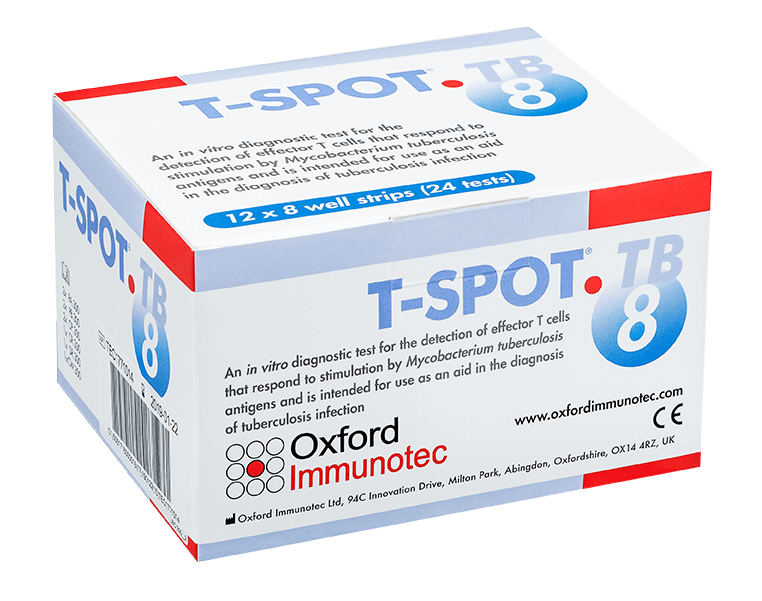
The IGRA TB test for laboratories

Accurate and reliable IGRA test with low indeterminate rates
If you are running a laboratory, offering a TB test that is reliable and accurate is paramount. You’re called on to provide tuberculosis (TB) testing for all patients, without the benefit of knowledge regarding disease state or immune status. The T-SPOT.TB test is a T cell based interferon-gamma release assay (IGRA), designed to enable accurate results across patient populations, even in patients with a weakened immune status. The T-SPOT.TB test separates T cells from whole blood and standardizes the number of these cells in each patient test well. The T-SPOT.TB test also washes the cells to remove potentially interfering substances that can affect test results.1 This test design mitigates the risk of false or invalid results.
A moment of truth
As a laboratorian, your goal is to offer both physicians and patients a reliable TB test with accurate results. A positive test result may mean the start of treatment that may protect both the patient and the wider community from a deadly risk. A negative test result may spare the patient exposure to powerful antibiotics. You need to provide an answer everyone can trust. An accurate TB test, together with the physician’s clinical evaluation, will provide that answer. By finding and treating TB, you and the physician together are doing your part to help eradicate TB.

The T-SPOT.TB test advantage
-
Standard blood collection
Utilizing standard blood collection methods and ensuring that all up-front processing of the specimen is done in a controlled laboratory conditions are leveraged to lessen the impact of confounding variables
-
Cell washing1,2
The test method includes multiple T cell washing steps, which enables the removal of potential interfering substances that can affect TB test results, such as certain immunosuppressive medications, microbial contamination, and endogenous IFN-gamma
-
Cell standardization1
The T-SPOT.TB test separates T cells from whole blood and standardizes the number of these cells used in each patient test, thus reducing the risk of false and invalid test results due to abnormal patient cell counts
